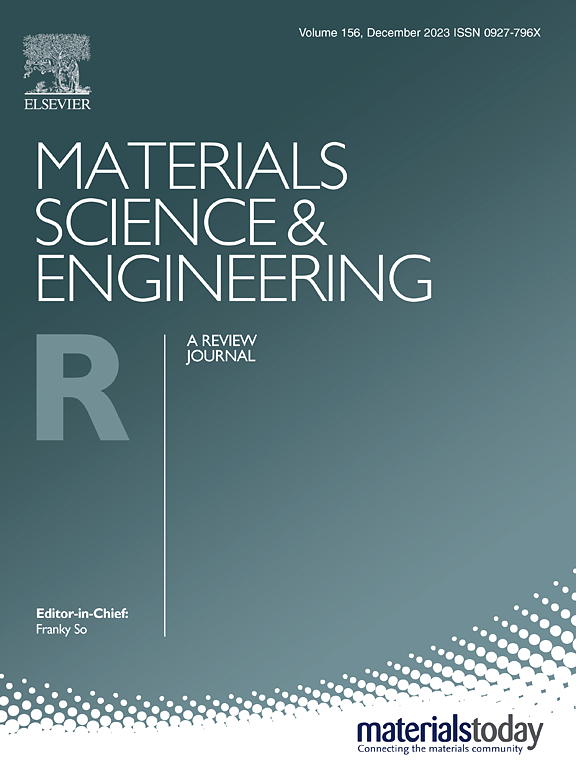全固态电池的3D打印
IF 31.6
1区 材料科学
Q1 MATERIALS SCIENCE, MULTIDISCIPLINARY
引用次数: 0
摘要
3D打印技术因其精确制造复杂电池结构的能力,以及其低成本和环境可持续性的优势而备受关注。通过将计算机辅助设计(CAD)与先进的制造工艺相结合,3D打印可以实现新型电池结构的快速原型设计、加速设计、测试和迭代。因此,越来越多的研究人员正在探索使用3D打印技术生产全固态电池(assb),为未来储能技术的突破提供了新的可能性。在这篇综述中,我们讨论了传统电池制造方法与3D打印技术在assb制造中的应用之间的差异。特别强调了各种3D打印技术在固态电池生产中的工作原理、优点和局限性,以及3D打印可以解决的挑战。对3D打印技术在电池制造中的未来发展进行了展望。本文章由计算机程序翻译,如有差异,请以英文原文为准。
3D printing for all-solid-state batteries
3D printing technology has garnered significant attention due to its capability for precise fabrication of complex battery structures, as well as its advantages of low cost and environmental sustainability. By integrating computer-aided design (CAD) with advanced manufacturing processes, 3D printing enables rapid prototyping, accelerated design, testing, and iteration of novel battery structures. Consequently, a growing number of researchers are exploring the use of 3D printing technology for the production of all-solid-state batteries (ASSBs), presenting new possibilities for breakthroughs in future energy storage technologies. In this review, we discuss the differences between traditional battery manufacturing methods and the application of 3D printing techniques for ASSBs fabrication. The working principles, advantages, and limitations of various 3D printing technologies in solid-state battery production are specifically highlighted, along with the challenges that can be addressed by 3D printing. The perspectives on the future development of 3D printing technology in battery manufacturing are proposed.
求助全文
通过发布文献求助,成功后即可免费获取论文全文。
去求助
来源期刊

Materials Science and Engineering: R: Reports
工程技术-材料科学:综合
CiteScore
60.50
自引率
0.30%
发文量
19
审稿时长
34 days
期刊介绍:
Materials Science & Engineering R: Reports is a journal that covers a wide range of topics in the field of materials science and engineering. It publishes both experimental and theoretical research papers, providing background information and critical assessments on various topics. The journal aims to publish high-quality and novel research papers and reviews.
The subject areas covered by the journal include Materials Science (General), Electronic Materials, Optical Materials, and Magnetic Materials. In addition to regular issues, the journal also publishes special issues on key themes in the field of materials science, including Energy Materials, Materials for Health, Materials Discovery, Innovation for High Value Manufacturing, and Sustainable Materials development.
 求助内容:
求助内容: 应助结果提醒方式:
应助结果提醒方式:


